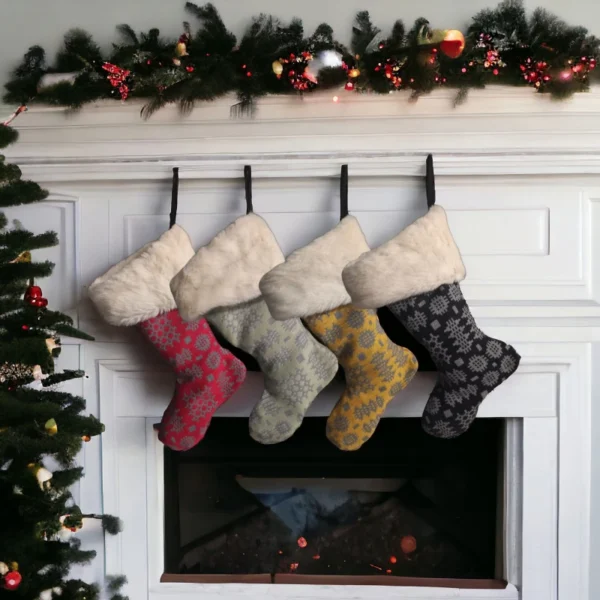New research by myfavouritevouchercodes.co.uk has found that up to 15% of UK adults have made an online shopping purchase whilst drunk and only remembered what they’d done when the parcel arrived. One in five of these drunkards even contacted the seller to find out why they’d sent them a package. The shopping platform of choice for this boozy behaviour is Amazon.
More than two in every five (41%) said they had bought items they wouldn’t normally order, either because they had no use for the item or simply didn’t like it, but only 18% actually returned what they’d bought whilst under the influence. The most popular type of orders to make whilst drunk were clothing (25%), home accessories (17%), gifts (14%), beauty products (11%) and pet accessories (10%).
And it isn’t just Brits who are at it. An August 2021 survey by CouponChief of over 1,000 U.S. adults called “Shopping Under the Influence,” found that 70% of respondents made at least one online purchase since the start of the pandemic whilst drunk or stoned. Men (76%) were more likely to shop online intoxicated than women (46%), spending an average of $583 compared to $526 for women. Clothing (46%), food delivery (36%), wearable devices (30%), and video games (28%) were the most commonly purchased items.
Drunk shopping has become big business, amounting to an estimated $45 billion annually in America and online purchase hours peaking between 8-9 p.m. Savvy retailers are exploiting the trend by offering evening sales to entice consumers.
This was echoed up by earlier research conducted by finder.com, which found that 56% of Brits admitted to buying something (on or offline) while drunk in 2019, equalling 29.2 million people The most common drunk purchase was food, with half of Brits (50%) forking out on food while drunk Despite this, 3 in 10 (30%) people put extra layers on instead of turning the heating up The type of drunk purchase with the highest spend was holidays. Those who booked one spent an average of £155.71 per person
In terms of gender, 58.36% of overall drunken spenders were men spending an average of £654.56 whilst inebriated – and 53.44% women, spending an average of £448.82 but buying more clothes than their male counterparts. Gen Z – born after 1996 – were the least careful with money whilst drunk, with 80.53% admitting to drink-fuelled online spending, compared to 32.57% of baby boomers.
All this is in contrast with 30% of people who would rather put on more clothes than put up the heating – a figure that will likely rise thanks to the enormous hike in energy prices.
“We’re capable of doing many things under the influence of alcohol that we don’t initially recall, but it’s interesting to hear that so many people choose to go online shopping,” said managing of myfavouritevouchercodes.co.uk director Julian House. “No doubt adverts on social media and the internet play a role in this, with ads for all sorts of items popping up wherever you look. We just hope next time people go online shopping under the influencer that they choose to purchase an item they actually want and need and that the money spent therefore isn’t a waste.”
Online sales are falling
For all this excess spending, online sales fell by almost 8% in March according to the Office for National Statistics (ONS) as the cost-of-living crisis hit people in the wallets.
Overall retail sales volumes fell by 1.4% in March, following on from a 0.5% drop in February. Online sales were worst hit, dropping by 7.9% last month and 6.9% in February as lockdown ended and shoppers began to curb unnecessary purchases.
The proportion of retail sales being made online fell to 26% in March 2022, its lowest proportion since February 2020 (22.7%). It peaked at 37.1% in February 2021 because of lockdown. However, online sales volumes remained 20.3% above their 2020 (pre-Covid) levels and there is every indication of a permanent shift towards online shopping by many consumers
Online sales were still strong in January and December, increasing by 4.5% and 2.3% respectively.
Pandemic-related factors aside, it is clear that many consumers are concerned about the cost of living and affordability, with 54% of adults reporting spending less on non-essential items.
ONS’ director of economic statistics, Darren Morgan, said: “Retail sales fell back notably in March, with rises in the cost of living hitting consumers’ spending. Online sales were hit particularly hard due to lower levels of discretionary spending.”
But internet shopping is here to stay
Analyst at global financial services firm Ebury, Cornelius Clark, added: “The headline falls in both the overall volume and the proportion of shopping done online are striking, but the value of ecommerce trading still sits more than 20% above its pre-pandemic level.
“The boom in online shopping is a structural change… companies still need to invest in the technology and financial infrastructure needed to provide a high-quality experience for online shoppers to remain competitive.”
The shift to ecommerce is set to stay, as 27.8% per cent of retail sales in February were still made online, despite shoppers confidence returning as the final Covid-19 restrictions were dropped. The proportion of retail sales being made online has more than tripled in the past decade, accounting for 9.2% of all sales in February 2012 compared with this year’s much higher figure.
Whilst consumer confidence in visiting physical stores has greatly increased, there is a still an underlying wariness amongst many people, whose shopping habits have clearly changed. Some are still choosing to wear masks both on the high street and inside shops, despite the mandate being dropped.
Around one in 10 people now purchases groceries online and ecommerce sites continue to proliferate, following on from an explosion of online businesses that were set up during lockdowns. For many consumers this has now become an established and reliable way to trade and businesses who continue to shun the internet risk losing out on a quarter of potential buyers.
Businesses able to overcome supply chain issues and maintain good stock levels are likely to pull ahead of the crowd in what is shaping up to be another challenging year for retail.
Image by Mailchimp

















